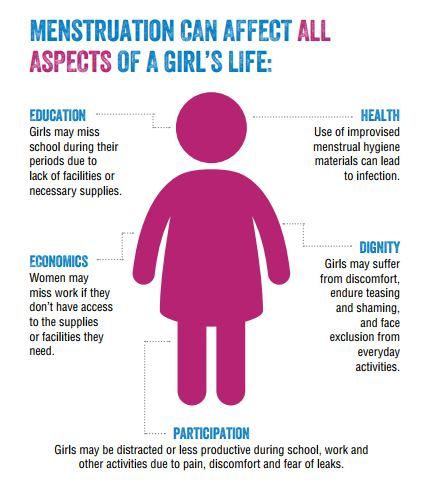Understanding Sexual Consent and Boundaries
Sexual consent is a crucial aspect of any healthy and consensual sexual relationship. It is essential to understand the concept of sexual consent and implement clear boundaries to ensure the well-being and respect of all parties involved. In this article, we will delve into the importance of sexual consent, its meaning, and how to establish and maintain healthy boundaries.
What is Sexual Consent?
Sexual consent is an explicit agreement between individuals to engage in sexual activities willingly and voluntarily. It is a mutual understanding that both parties are comfortable and enthusiastic about the sexual encounter. Consent must be given freely without any form of coercion or manipulation.
The Importance of Sexual Consent
Respecting sexual consent is vital in promoting healthy relationships and preventing situations of sexual misconduct, assault, or harassment. It recognizes and upholds the autonomy and agency of individuals over their own bodies and choices.
Understanding sexual consent helps establish an atmosphere of trust, open communication, and mutual respect. It ensures that both individuals are on the same page and have given explicit permission to engage in any sexual activity.
Establishing Boundaries
Boundaries are personal limits and guidelines that individuals set for themselves in various aspects of life, including sexual encounters. Establishing and communicating boundaries is crucial to maintain a healthy sexual relationship.
1. Self-Reflection
Self-reflection plays a significant role in understanding one’s personal boundaries. Take the time to reflect on your desires, comfort levels, and limits. Evaluate what you are and are not comfortable with in terms of sexual activities and clearly define those boundaries for yourself.
2. Open Communication
Effective communication is key in any relationship, especially when it comes to sexual boundaries. Discussing and sharing your boundaries with your partner(s) ensures everyone is on the same page. Respectfully listen to their boundaries as well and communicate openly about desires, expectations, and any concerns that may arise.
3. Consent Is Ongoing
Consent is not a one-time agreement. It must be ongoing throughout any sexual encounter. Check in with your partner(s) regularly to ensure their continued comfort and willingness to engage in the agreed activities. Remember, consent can be withdrawn at any point, and it is crucial to respect that decision.
The Role of Communication in Consent
Clear and open communication is vital to ensure a consensual and respectful sexual experience. It is important to understand that consent should be enthusiastic, affirmative, and freely given. Silence or a lack of verbal resistance does not imply consent.
Active communication can involve asking your partner(s) if they are comfortable, expressing your desires, checking in on their boundaries, and providing reassurance and support. Consent should be enthusiastic and based on a genuine desire to engage in the activity.
The Impact of Consent Violation
Consent violations can have severe emotional, mental, and physical consequences for the individuals involved. Experiences of non-consensual sexual activities, whether due to coercion, manipulation, or force, can lead to trauma, decreased self-esteem, trust issues, and a decline in overall mental well-being.
It is crucial to educate ourselves and actively work towards preventing consent violations and creating a culture of consent and respect. By understanding and respecting others’ boundaries, we contribute to a safer and more inclusive environment for everyone.
Conclusion
Understanding sexual consent and boundaries is paramount to building healthy and consensual relationships. It involves self-reflection, open communication, respect for personal limits, and ongoing consent throughout any sexual encounter. By prioritizing consent, we create an environment that respects the autonomy and agency of individuals, ensuring safe and enjoyable sexual experiences for all.


